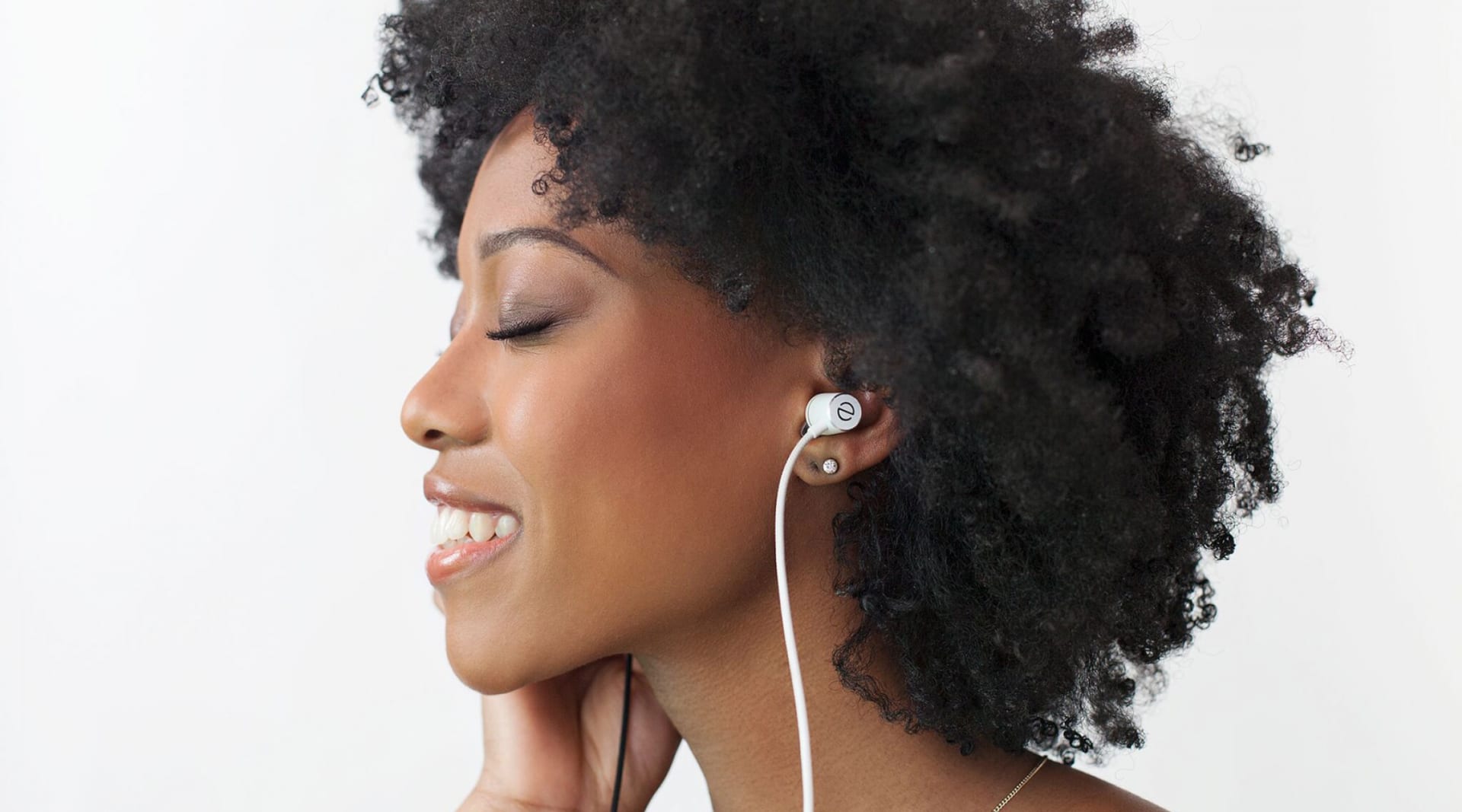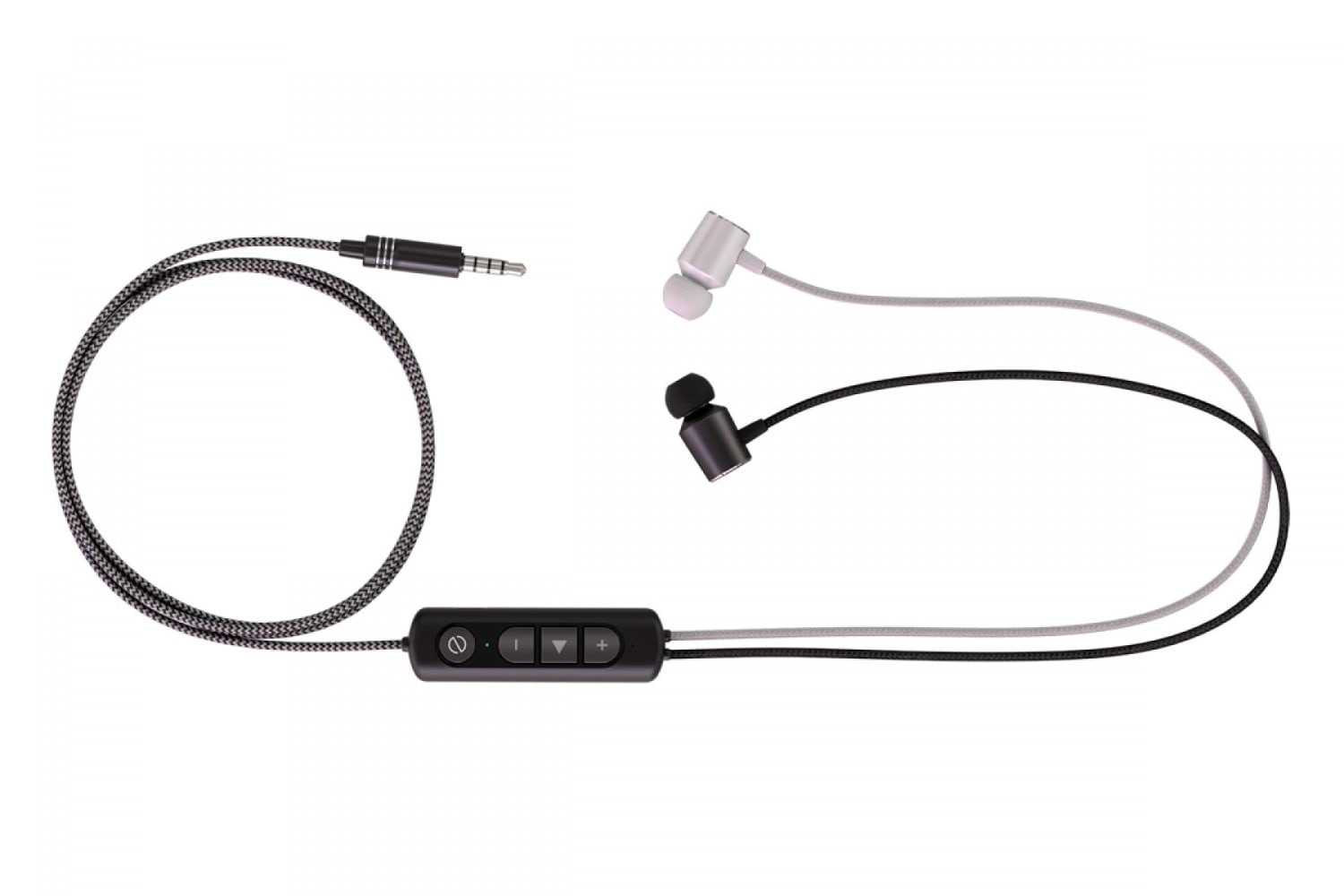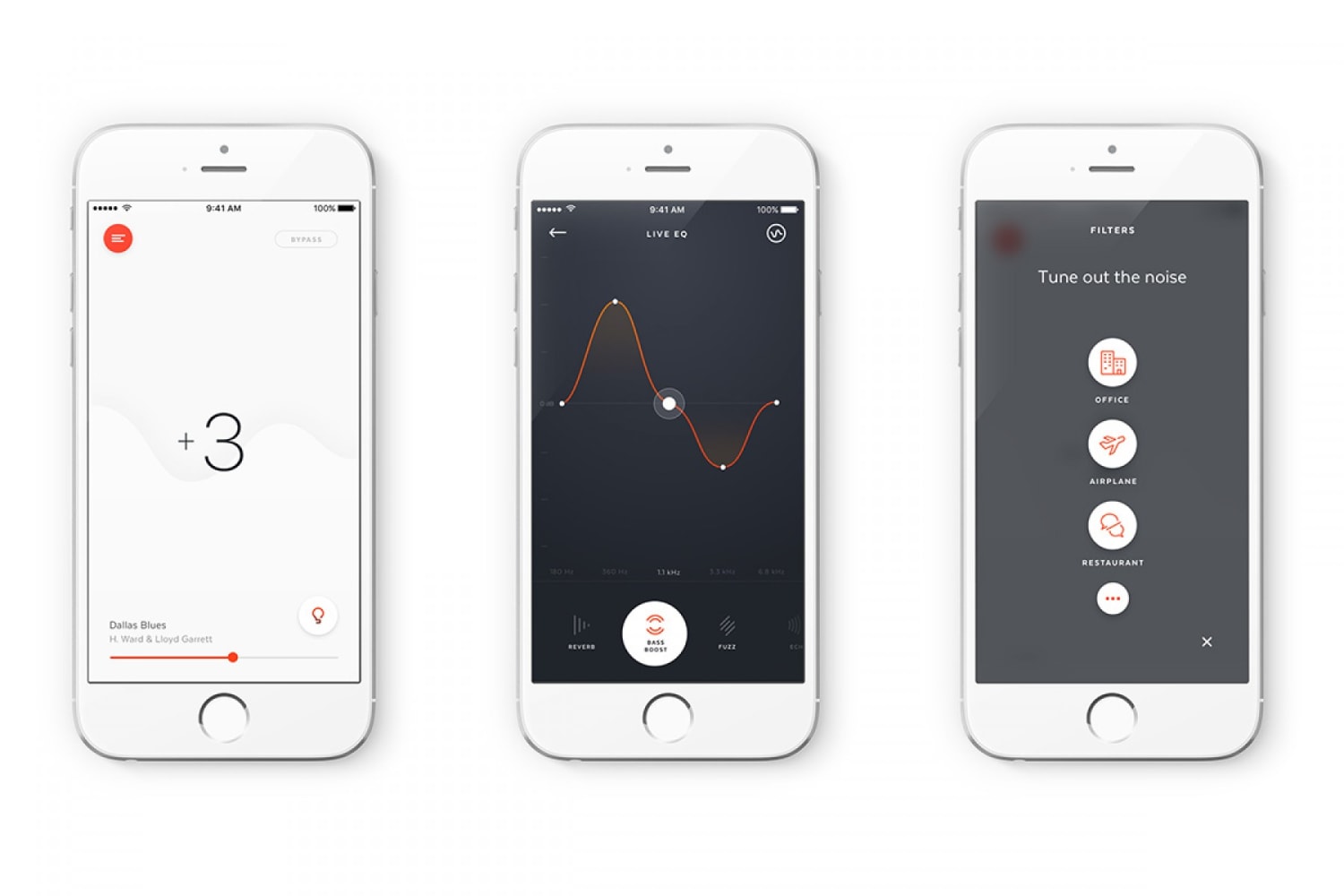Hearables are smart, wireless in-ear devices that promise to deliver a listening experience that is richer and more immersive than what consumers can get through traditional headphones. Often, they also aim to expand the boundaries of wearable technology, adding extra layers of sound that amount to augmented reality for the ear.
Several companies have recently created immersive and adaptive earpieces that calibrate listening profiles and adjust to users’ lifestyles. Doppler Labs’ Here One wireless earbuds incorporate outdoor sounds as an essential part of the listening experience, allowing users to mix and master their environment through filtering and layering real-world noise. Listeners can use a smartphone app to tune out subway screeches, eavesdrop on outside conversations, and balance game commentary with crowd feedback.







